 Abraham Lincoln
If given the truth, the people can be depended upon to meet any national crisis...
Abraham Lincoln
If given the truth, the people can be depended upon to meet any national crisis...
 Guildford news...
for Guildford people, brought to you by Guildford reporters - Guildford's own news service
Guildford news...
for Guildford people, brought to you by Guildford reporters - Guildford's own news service
Birdwatcher’s Diary No.234
Published on: 24 Jun, 2021
Updated on: 24 Jun, 2021
By Malcolm Fincham
Breaking out from my pandemic shackles, I was now legally permitted to travel further for my observations.
Despite rain early in May, in general it had been a great time for ventures further afield to catch up with some of the birds I hadn’t yet seen this year. And to adhere to some promised meetings.
One such overdue visit was to meet up with Guildford Dragon NEWS’s Effingham Eye correspondent Chris Dick, to check out the re-wilding scheme at Effingham Golf Club.
I met up with Chris in the car park where I was introduced to the head groundsman, John Budd.
Having exchanged a few light-hearted tales, Chris and I were entrusted to roam the course, with a promise not to interfere with the golfers, and to watch out for their golf balls.
Wild flowers that had been sown could already be seen pushing through the long grass that bordered the fairway. They were already attracting a varied empire of insects.
A number of early summer butterflies were sampling the delights on offer. These included orange tips enjoying their food plants, which included lady’s smock.
Dingy skippers could be seen chasing one another in flight. It took much patience for one to settle for a photo.
Brimstone butterflies also proved to be a challenge, eventually having to be satisfied with a few in-flight shots.
Easier to photograph and now emerging in good numbers there were small heath butterflies.
On the lower reaches of the golf club a pond has been made, doubling up as a reservoir to water the greens when required.
In the pond a variety of carp could be seen.
Taking advantage of the flying insects, the water had attracted a pair of swallows, regularly hawking over its surface for food.
A group of house sparrows had taken up residence in the brambles to the back of the pond.
Two common whitethroats could also be heard in song.
The visit concluded with the sighting of a sparrowhawk circling some distance away.
To my surprise and our delight, it headed our way allowing me a few record shots as it flew overhead.
We parted hoping to meet again in the near future. Maybe July, if all goes well.
Feasting on my freedoms, Farlington Marshes near Porstmouth opened its arms. I hadn’t visited for a good while and its where a variety of species can be seen that very seldom can be found in Surrey.
Bearded tits are always one of my favourites there. Now officially referred to as bearded reedlings, these delightful little gems can be awkward to see, especially in spring and summer.
During winter months they feed on the seed heads of the reeds and can be viewed more often. At this time of the year, however, they had changed their diet to insects, so were spending most of their time low in the reeds.
The usual sound of those elusive Cetti’s warblers could also be heard singing, seemingly teasingly calling often from within a bush I had just walked past.
Fortunately, an unusually showy one near the visitor hut was willing to give itself up long enough for a photo.
A few sedge warblers showed well, singing from the tops of bushes.
A few of the large wintering contingent of brent geese remained, most having returned on their 2,500-mile migration back to their breeding grounds in northern Russia.
Surprisingly, one of the previous winter’s influx of Russian whit- fronted geese was also still present.
A barnacle goose, possibly originally of feral stock, was also feeding among the Canada geese.
Avocets were a new additions to this year’s sightings.
While on the lagoon, black-tailed godwits could be viewed, most now in their summer plumage.
Mediterranean gulls have become a regular sight at Farlington in recent years, especially during spring when they start to “colour-up” into their summer plumage.
Another new sighting for my year’s tally was a garganey.
Out in Langstone Harbour, was a small group of red-breasted mergansers.
A flock of curlews could also be viewed.
Greenfinches are a common sight there.
While the sound of skylarks filled the air.
Joined by lapwings calling.
Although little egrets can be seen locally, they continue to be a pleasant a sighting at Farlington.
At least two kestrels could be seen. One of which I was able to “snatch” a lucky shot of as it flew at speed past me, along the inland side of the sea wall.
Meadow pipits were looking especially flirtatious, some singing vivaciously from fence posts.
Sandwich terns were a new sighting for me this year.
As well as sandwich terns and common terns, little terns had recently returned to breed among various gull species on a small island. These were viewed from the eastern wall in the direction of Hayling Island.
A pair of little ringed plovers could be viewed on one of the many inland scrapes.
And the usual large groups of shelducks continued to be present.
From Farlington, I set off along the M27 across Hampshire into West Sussex and a visit to Pagham RSPB Nature Reserve.
Added to this year’s sightings included ringed plovers, adding to the little ringed plovers I had seen earlier that day at Farlington.
I also had the good fortune to photo a spotted redshank. A good addition to the common redshanks I had previously seen that day.
I also added a whimbrel and some turnstones.
And even a marsh harrier.
Also getting some photos of oystercatchers.
A reed warbler.
Willow warbler.
Swallows.
And even a fox.
Responses to Birdwatcher’s Diary No.234
Leave a Comment Cancel reply
Please see our comments policy. All comments are moderated and may take time to appear. Full names, or at least initial and surname, must be given.Recent Articles
- New Parish Councillor Says Funds from Developers Must Benefit the Local Community
- Tests at Paddling Pool Showed Water Was Too Alkaline, Says GBC
- Letter: Our Residents Want CIL Money Properly Used for Infrastructure Without Delay
- Charity’s New Programme Meets Needs of SEND Children Without School Places
- Pasta Evangelists to Open First Restaurant Outside London – Right Here in Guildford
- Police Seek Witnesses to Park Barn Assault
- Notice: Rosamund Community Garden
- Village School Set to Close Due to Falling Birth Rate
- Letter: Waverley’s Management of CIL Money Is Morally Questionable
- Dragon Interview: MP Hopes Thames Water Fine Will Be ‘Final Nail in Its Coffin’


Recent Comments
- Patrick Bray on Public Asked for Views on SCC’s Proposal for Reduced Speed Limits
- Mark Percival on Public Asked for Views on SCC’s Proposal for Reduced Speed Limits
- George Potter on Public Asked for Views on SCC’s Proposal for Reduced Speed Limits
- Helena Townsend on Public Asked for Views on SCC’s Proposal for Reduced Speed Limits
- Peter Martin on Conservative Claims on Use of CIL Payments ‘Political Theatre’ Say Lib Dems
- Lauren Atkins on Conservative Claims on Use of CIL Payments ‘Political Theatre’ Say Lib Dems
Search in Site
Media Gallery
Dragon Interview: Local Artist Leaves Her Mark At One of England’s Most Historic Buildings
January 21, 2023 / No Comment / Read MoreDragon Interview: Lib Dem Planning Chair: ‘Current Policy Doesn’t Work for Local People’
January 19, 2023 / No Comment / Read MoreA3 Tunnel in Guildford ‘Necessary’ for New Homes, Says Guildford’s MP
January 10, 2023 / No Comment / Read More‘Madness’ for London Road Scheme to Go Ahead Against ‘Huge Opposition’, Says SCC Leader
January 6, 2023 / No Comment / Read MoreCouncillor’s Son Starts Campaign for More Consultation on North Street Plan
December 30, 2022 / No Comment / Read MoreCounty Council Climbs Down Over London Road Works – Further ‘Engagement’ Period Announced
December 14, 2022 / No Comment / Read MoreDragon Interview: GBC Reaction to the Government’s Expected Decision to Relax Housing Targets
December 7, 2022 / No Comment / Read MoreHow Can Our Town Centre Businesses Recover? Watch the Shop Front Debate
May 18, 2020 / No Comment / Read More



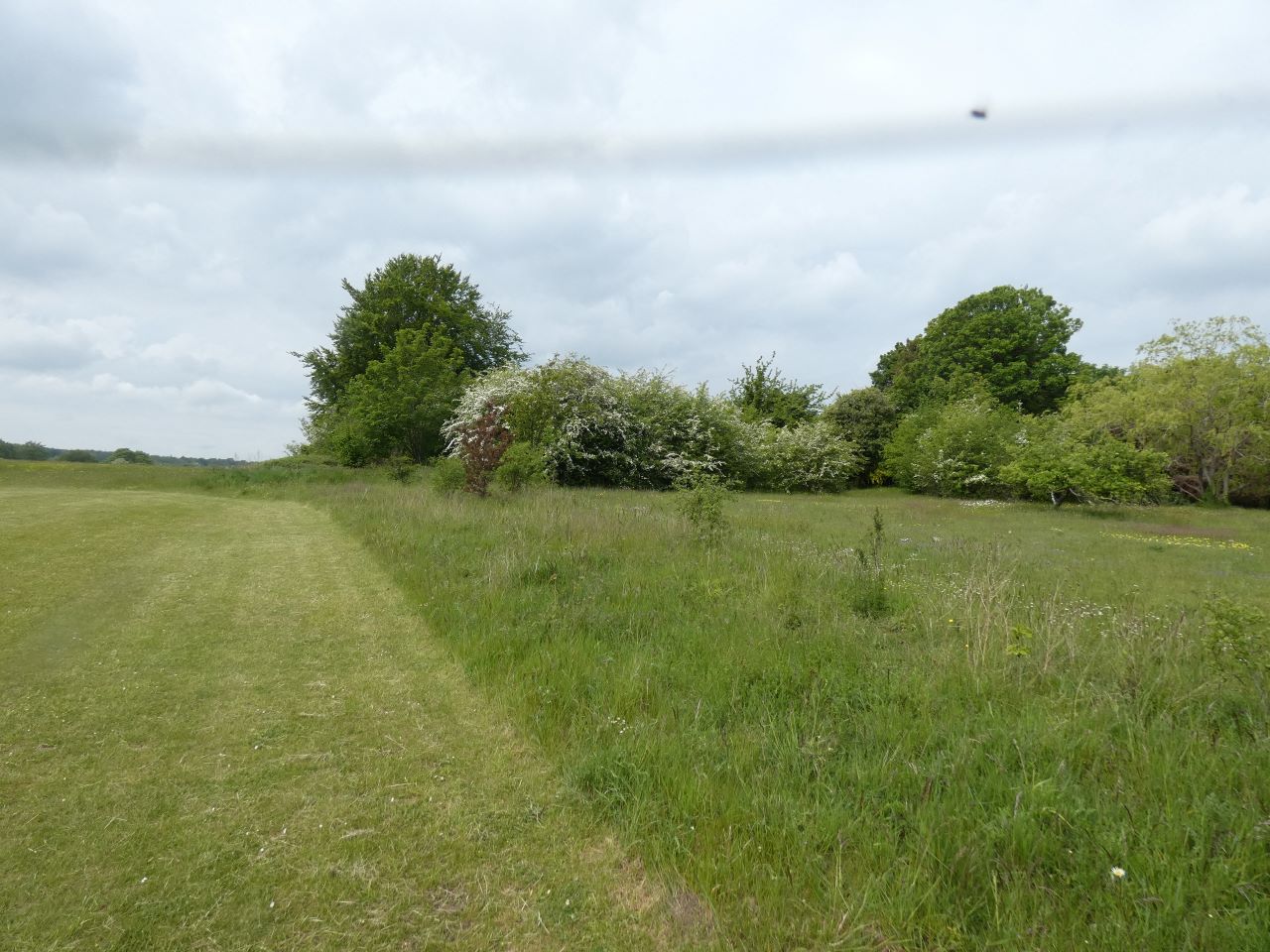
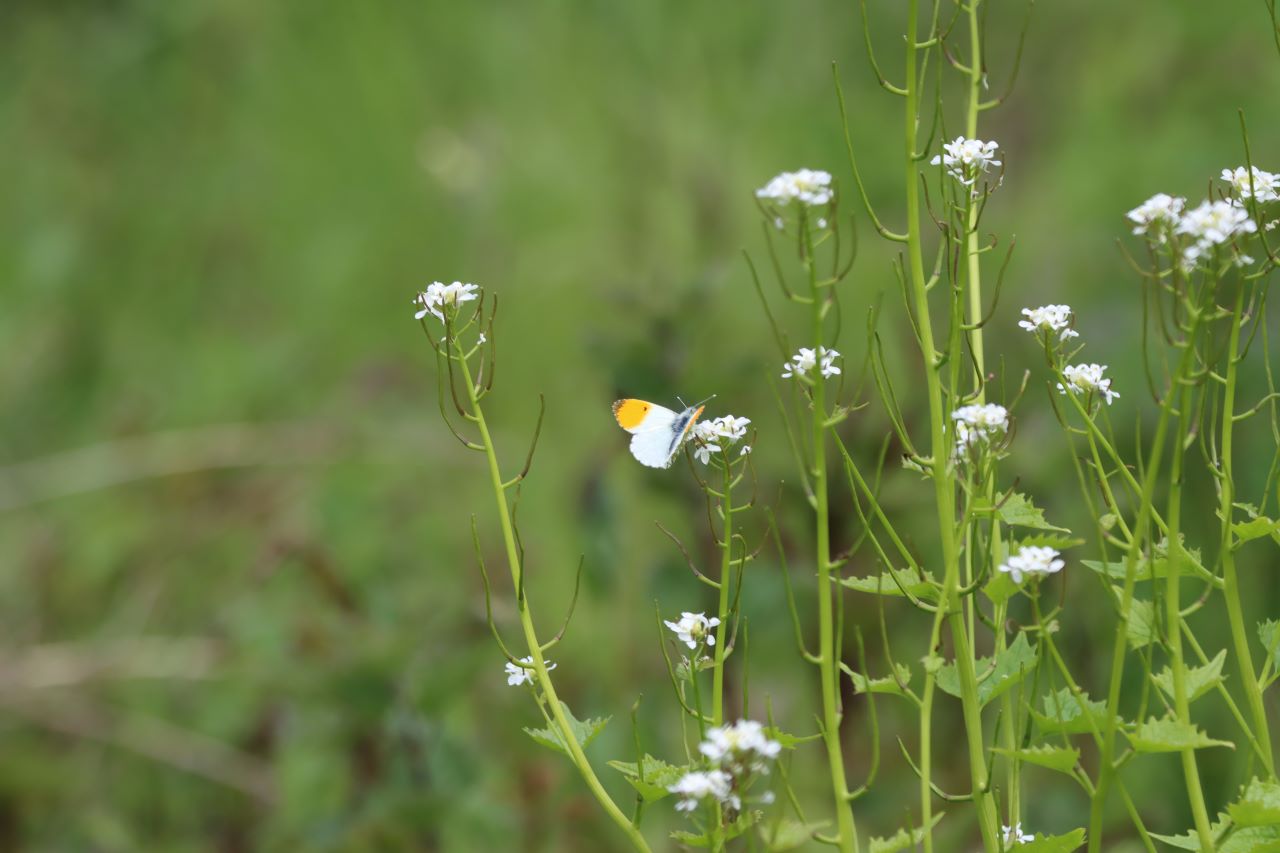

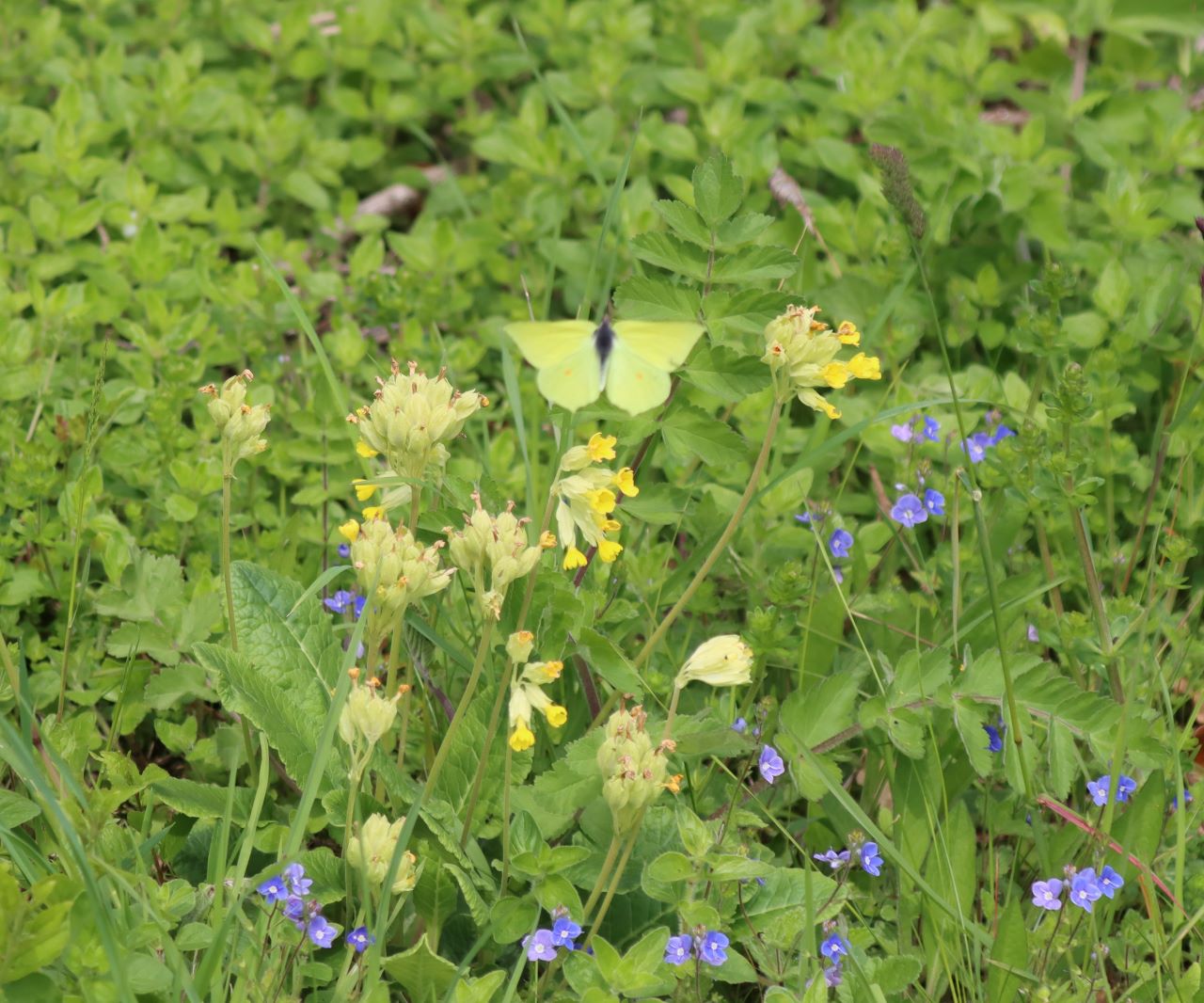





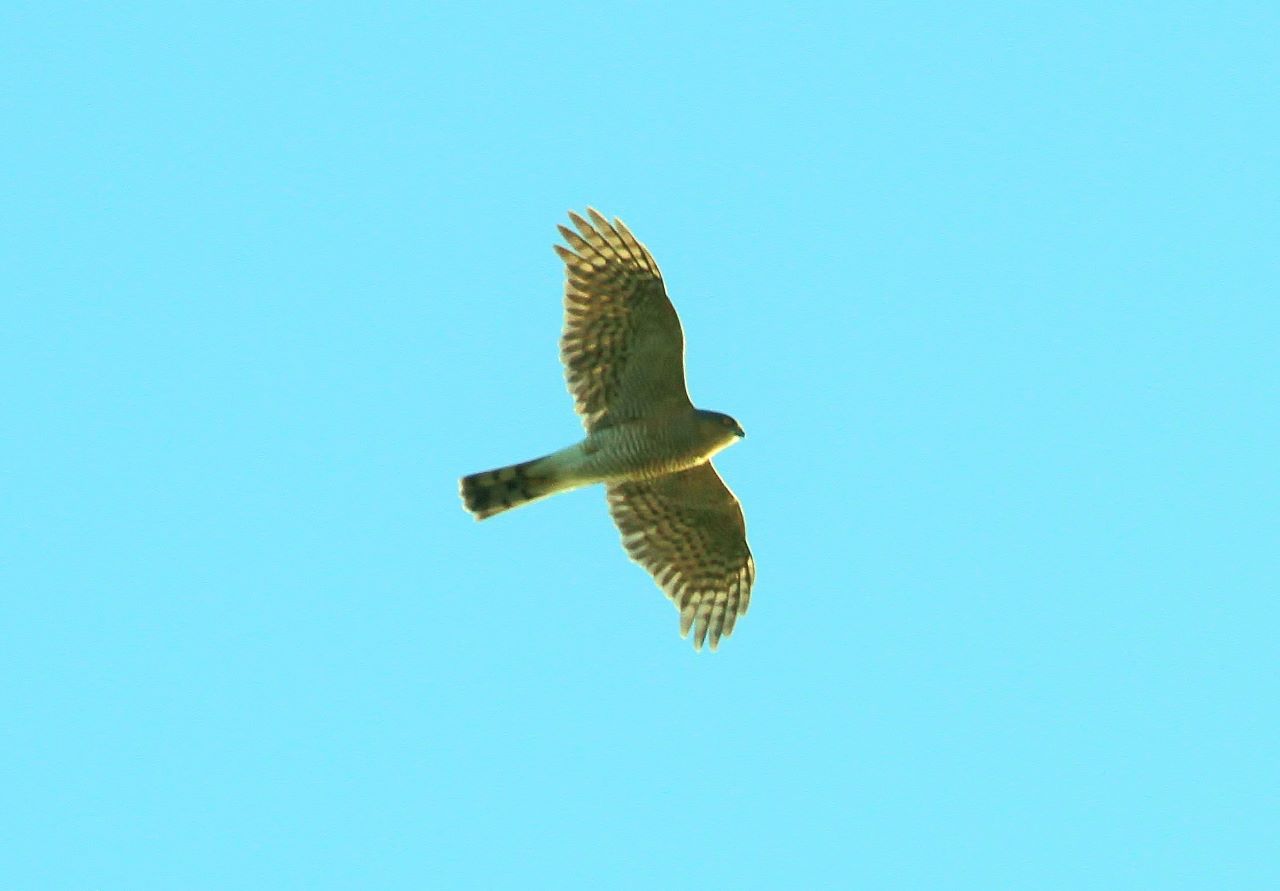
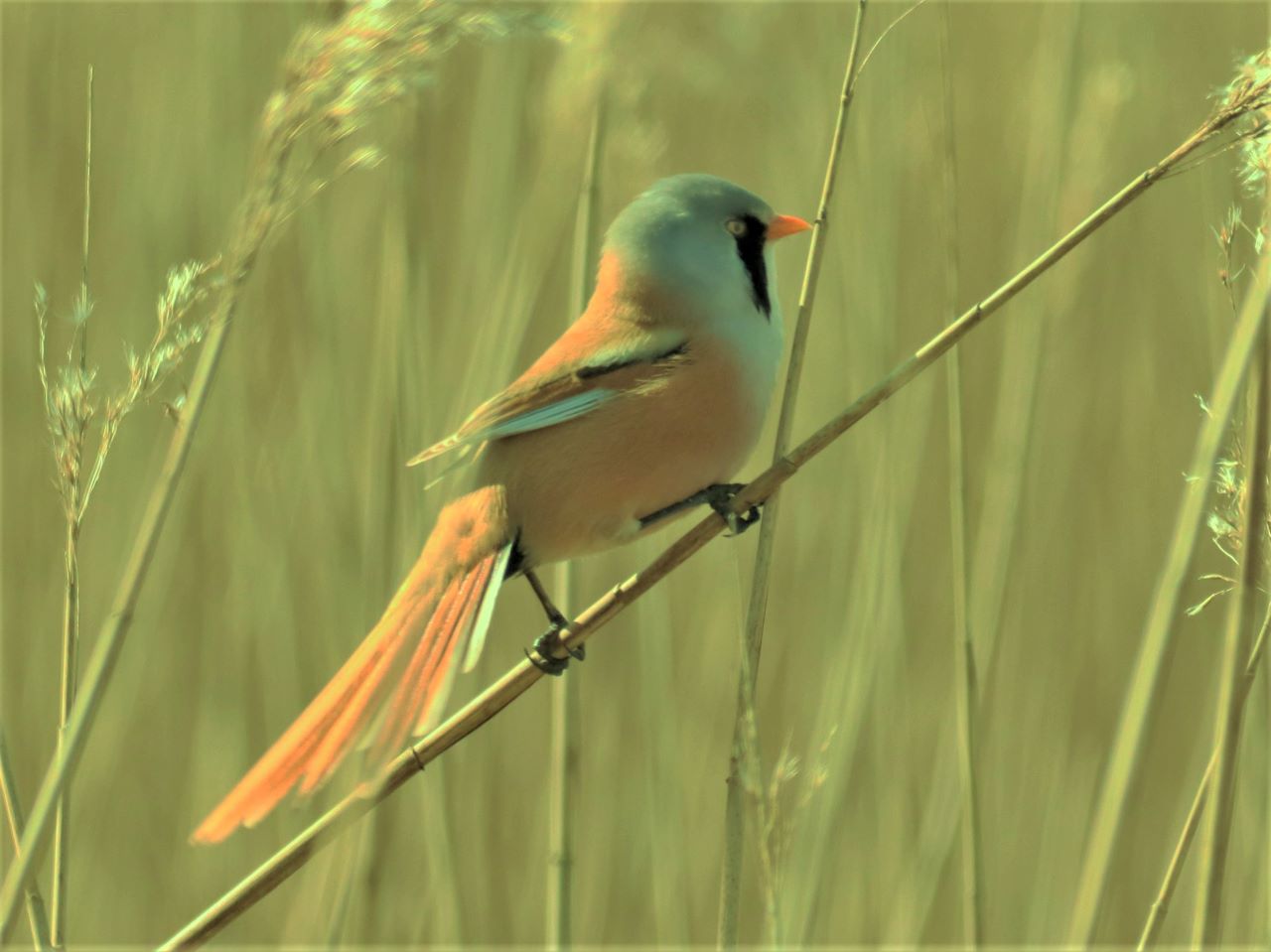
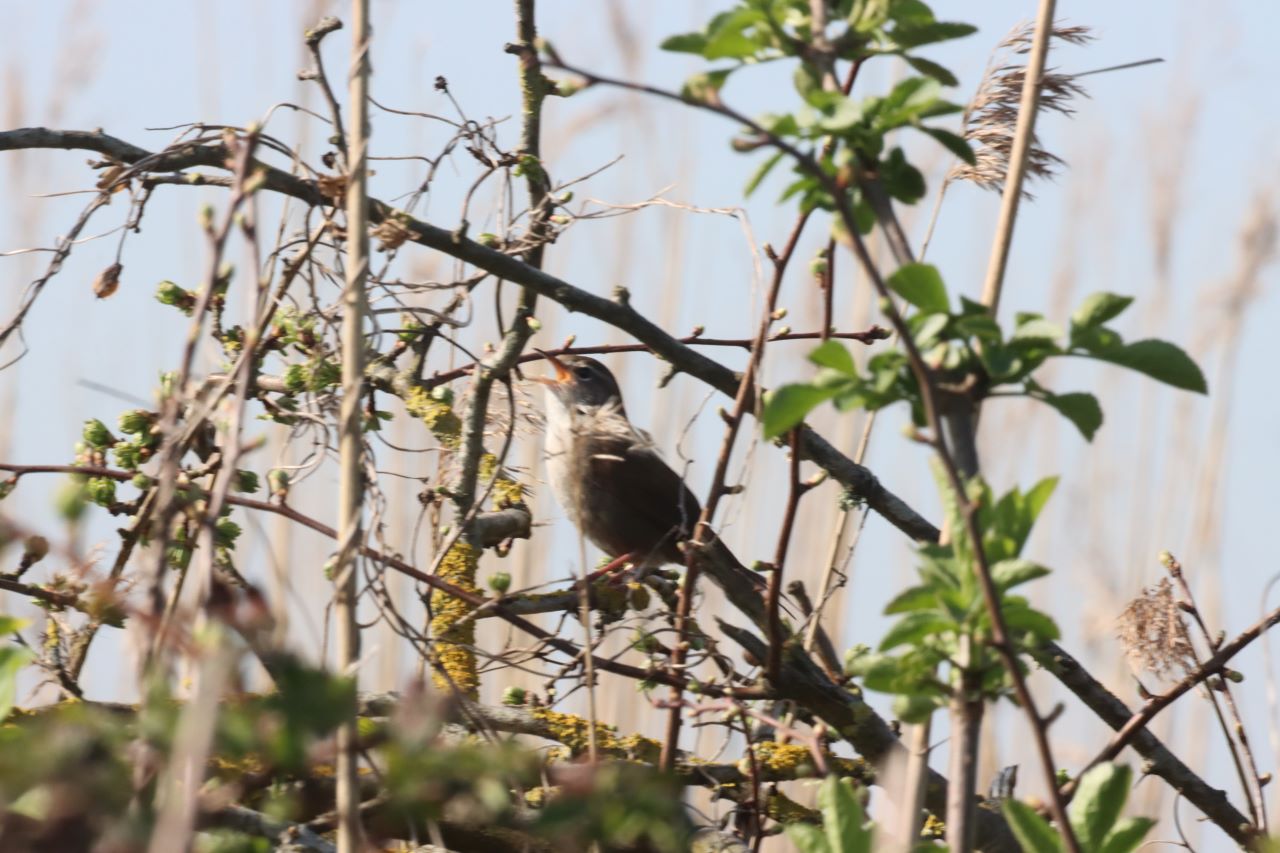
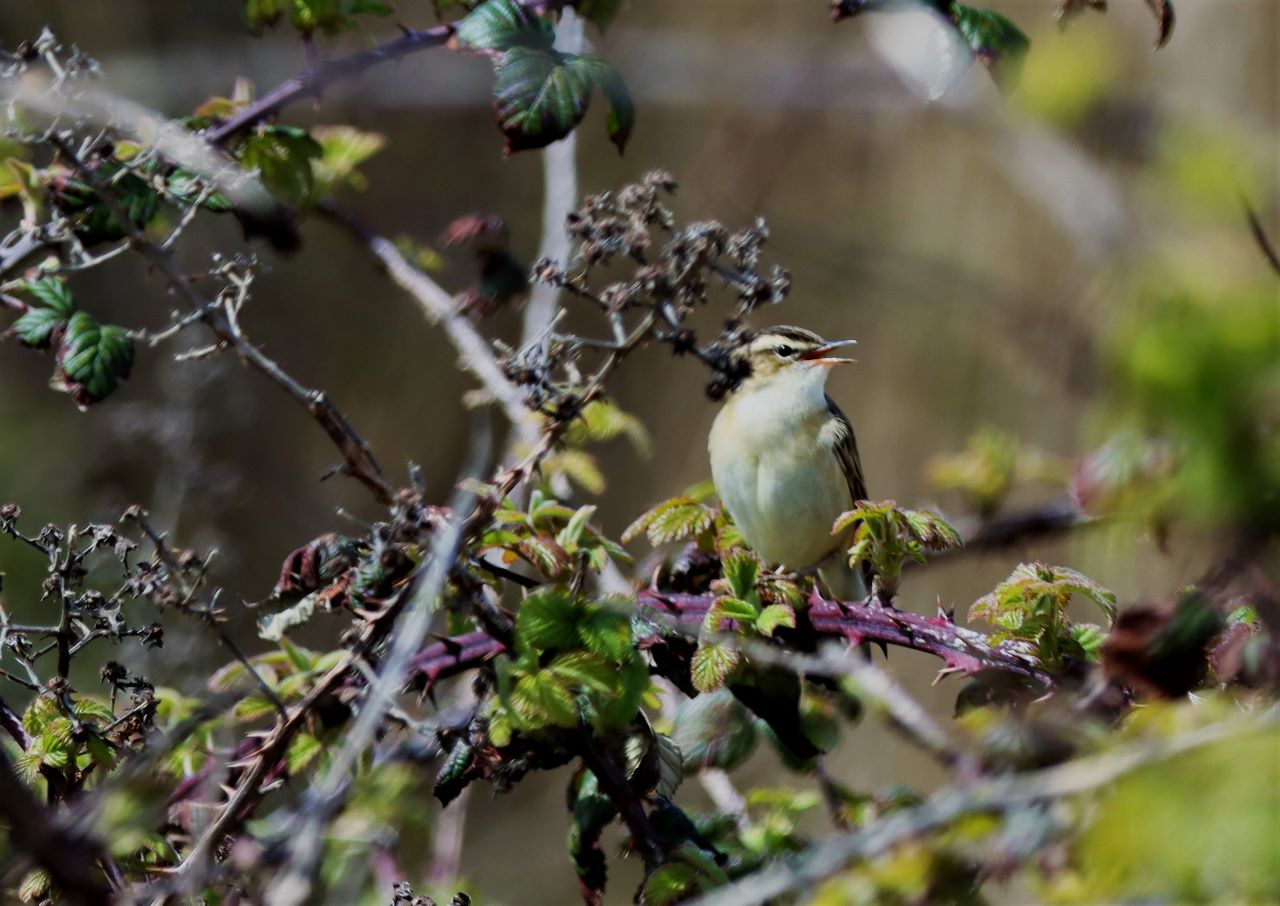
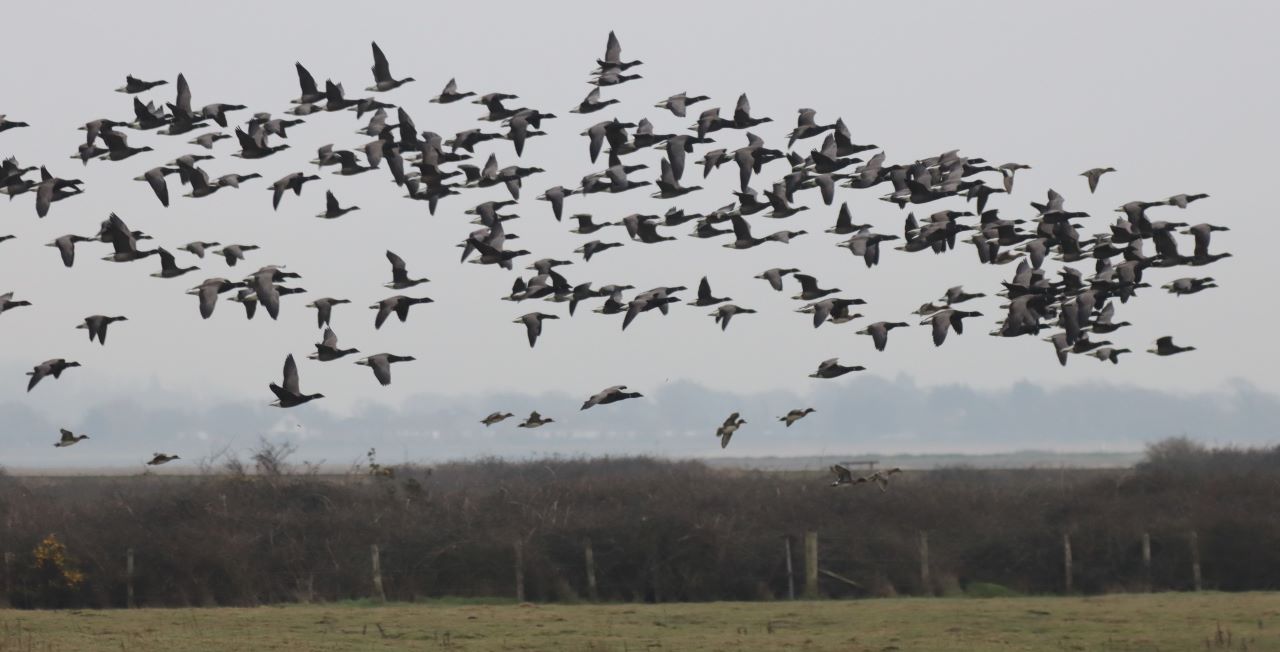

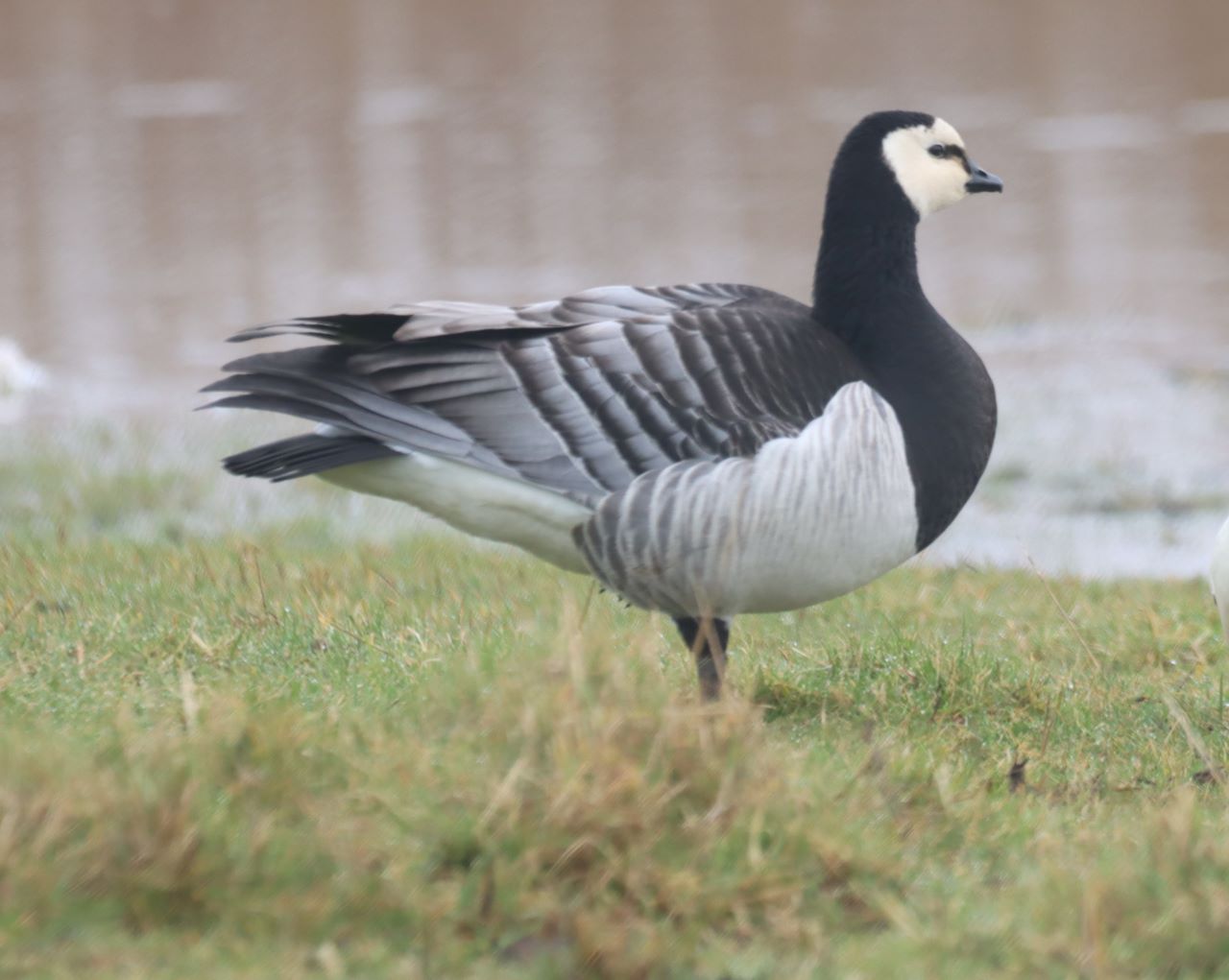
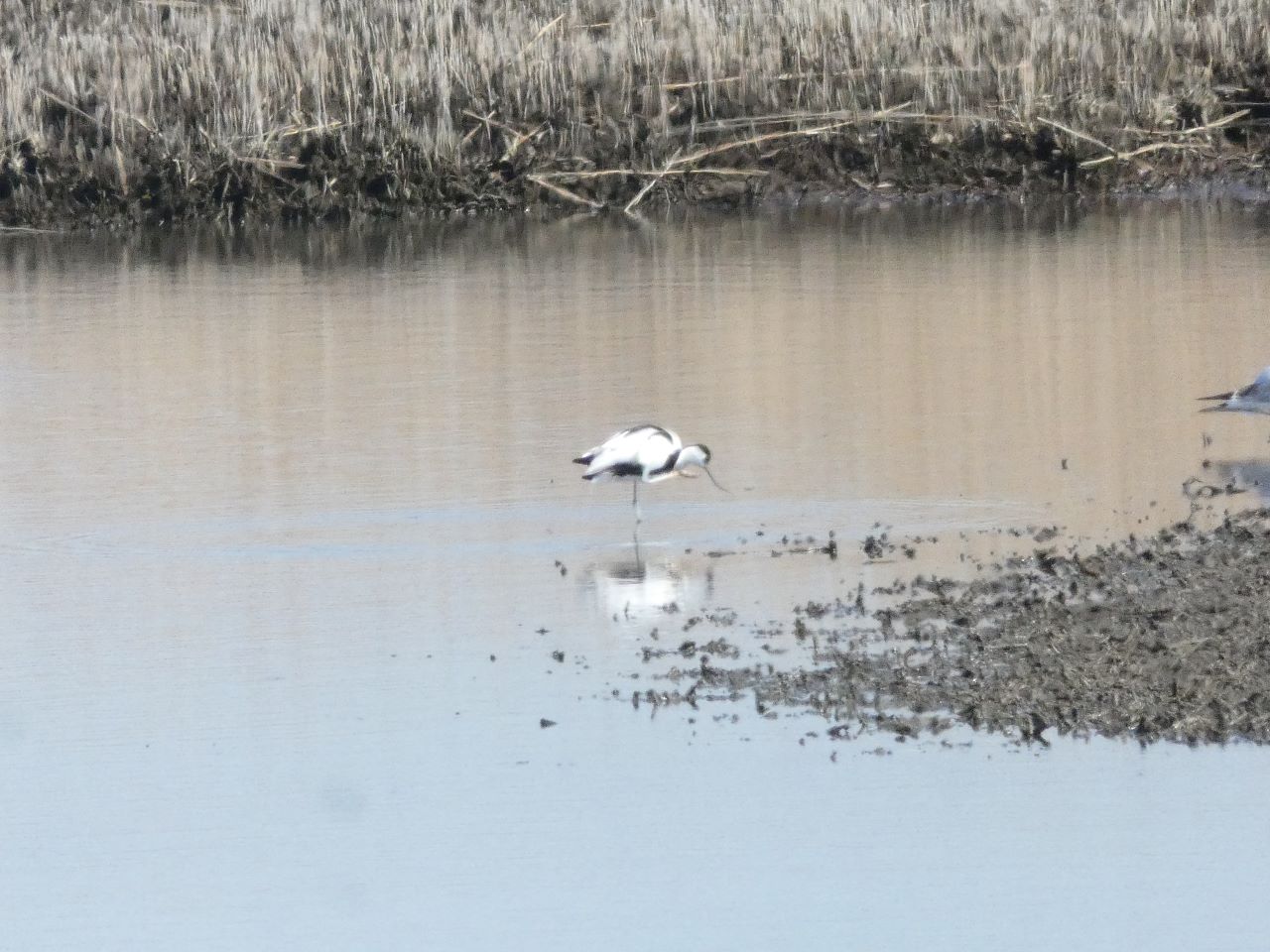
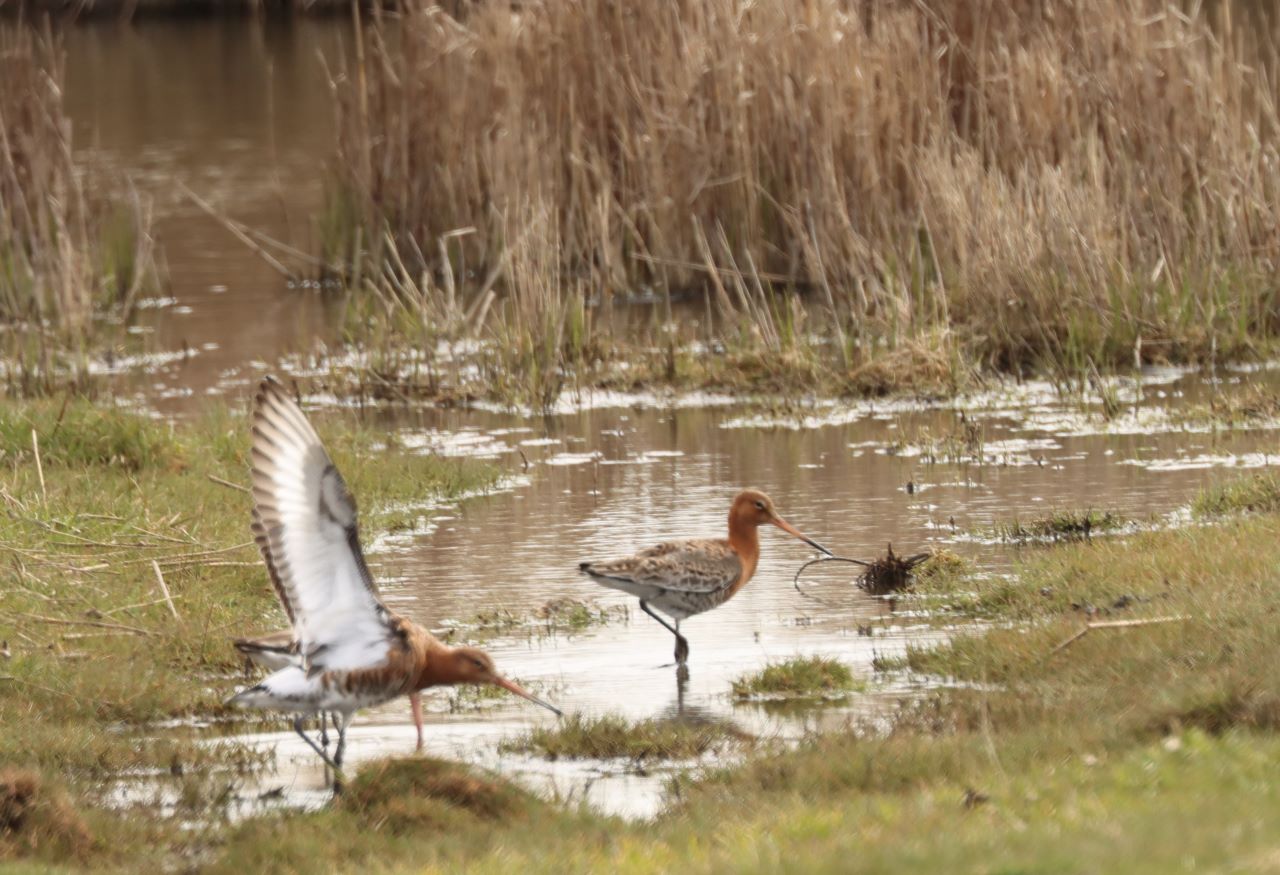

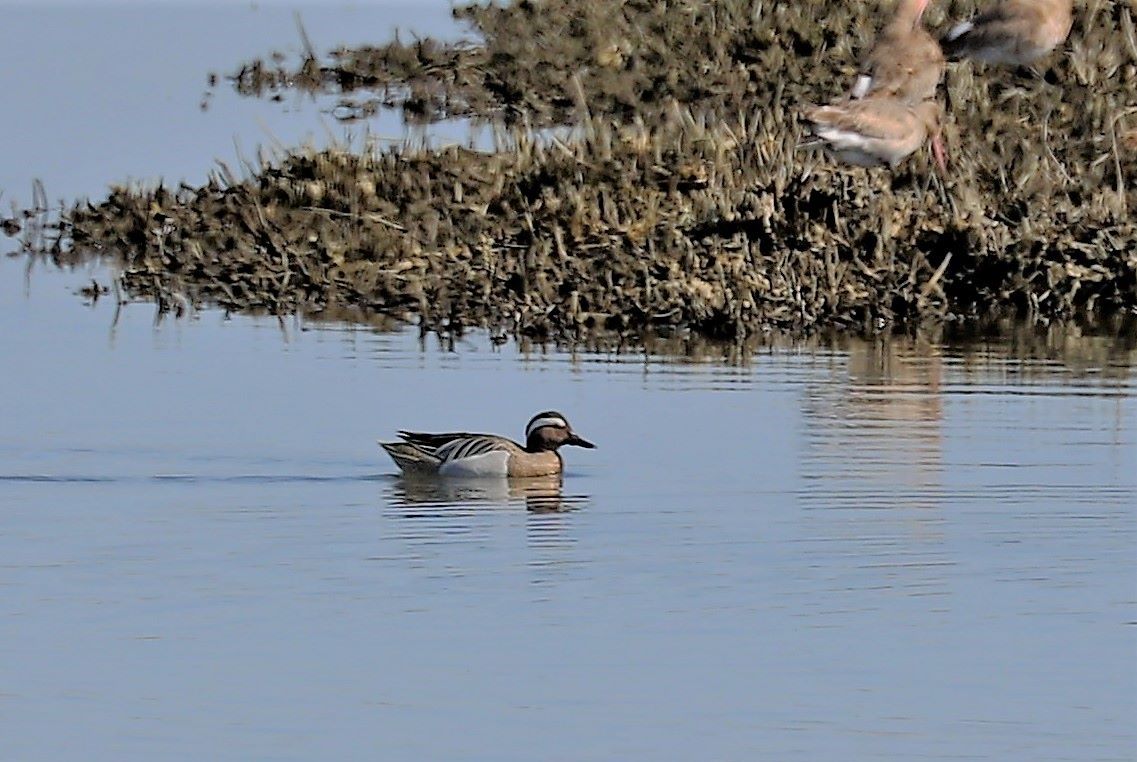
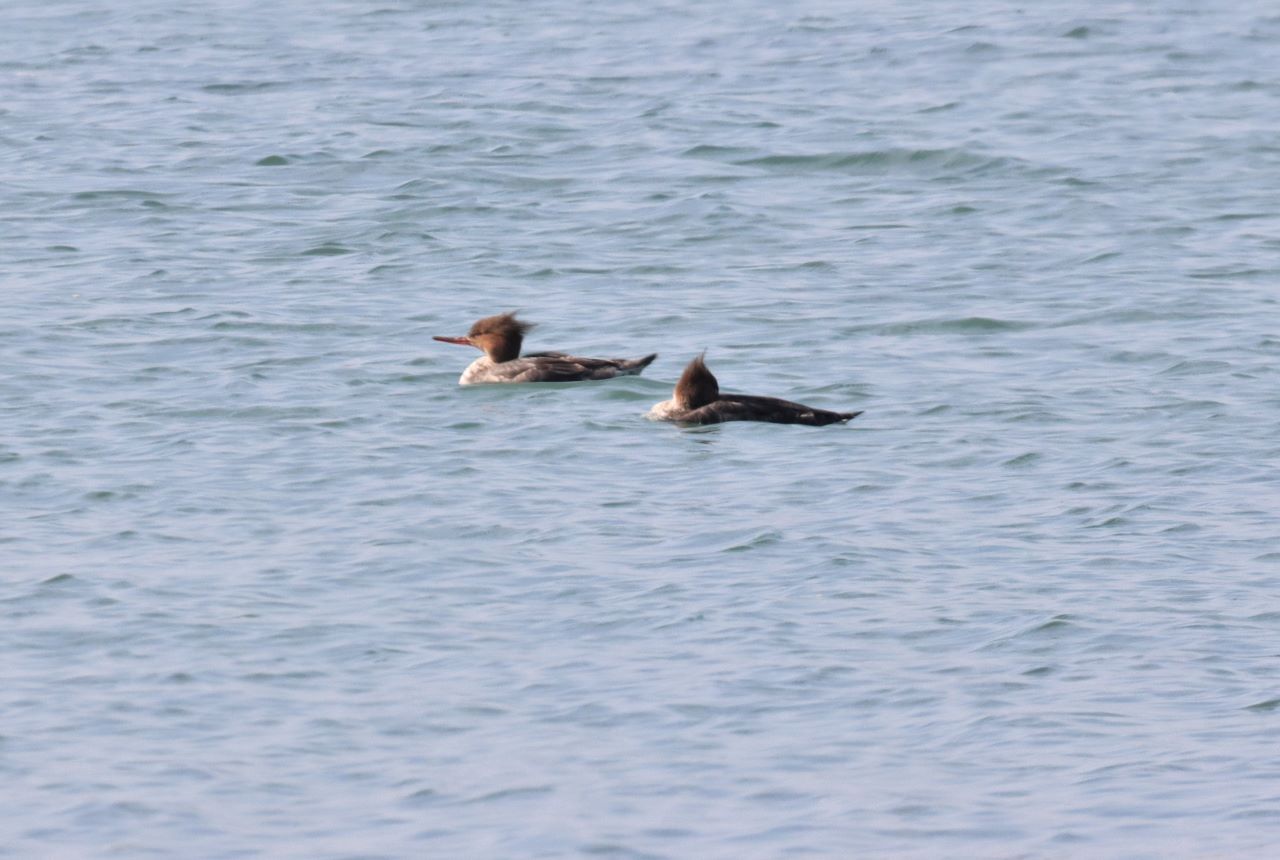
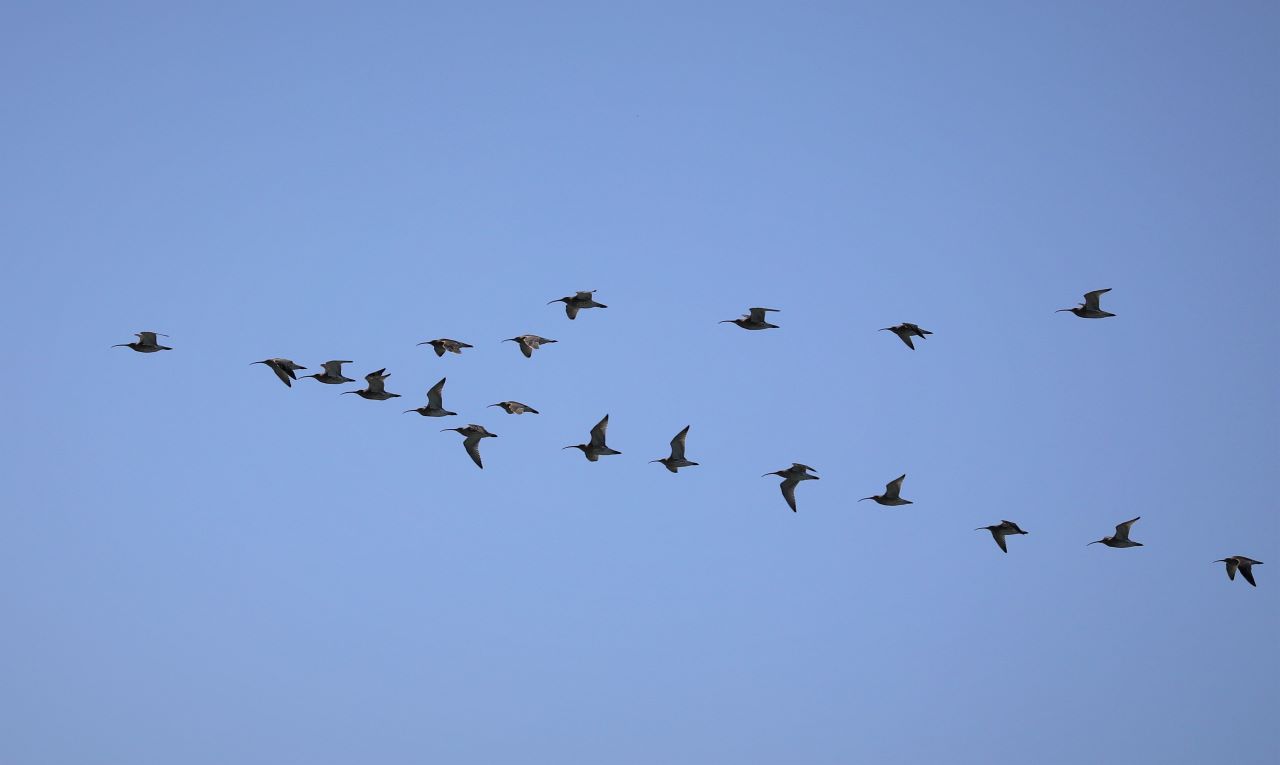
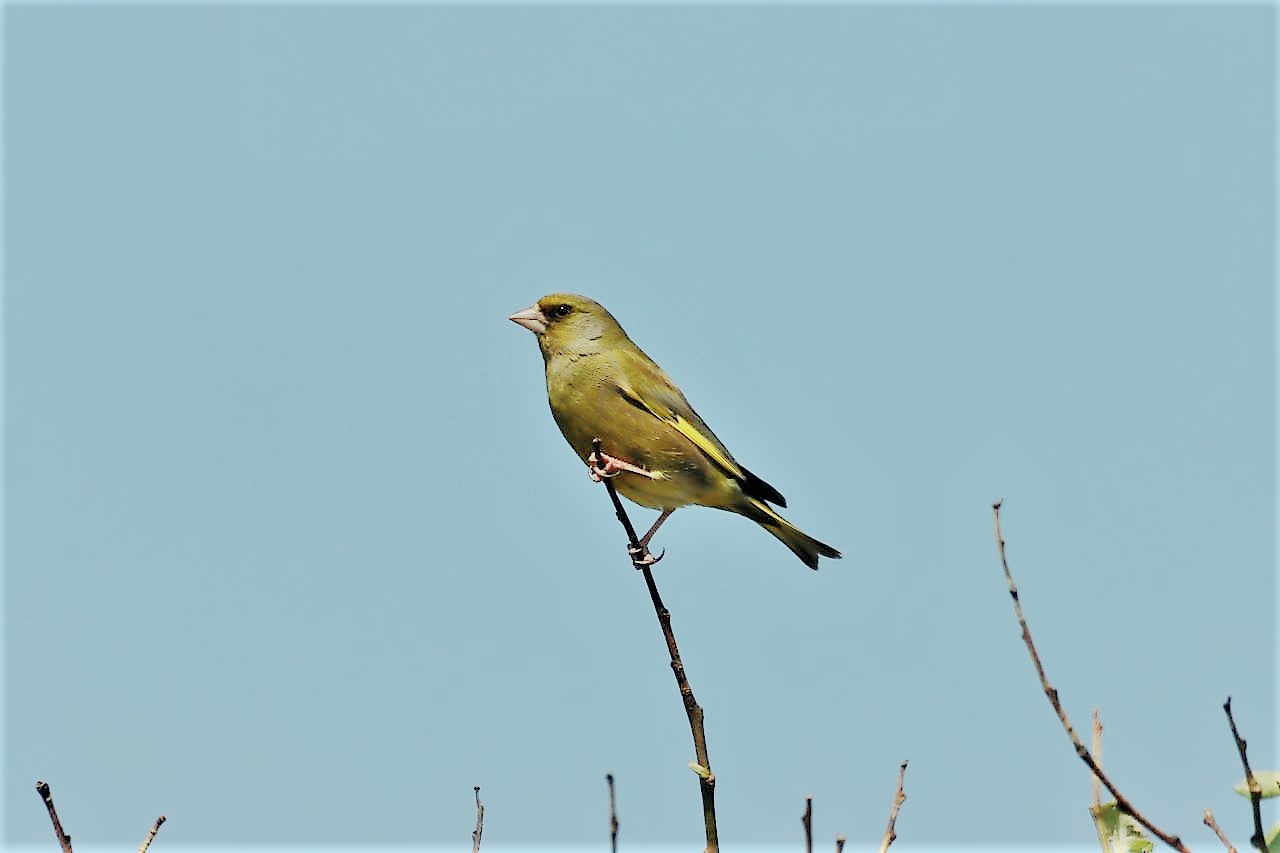
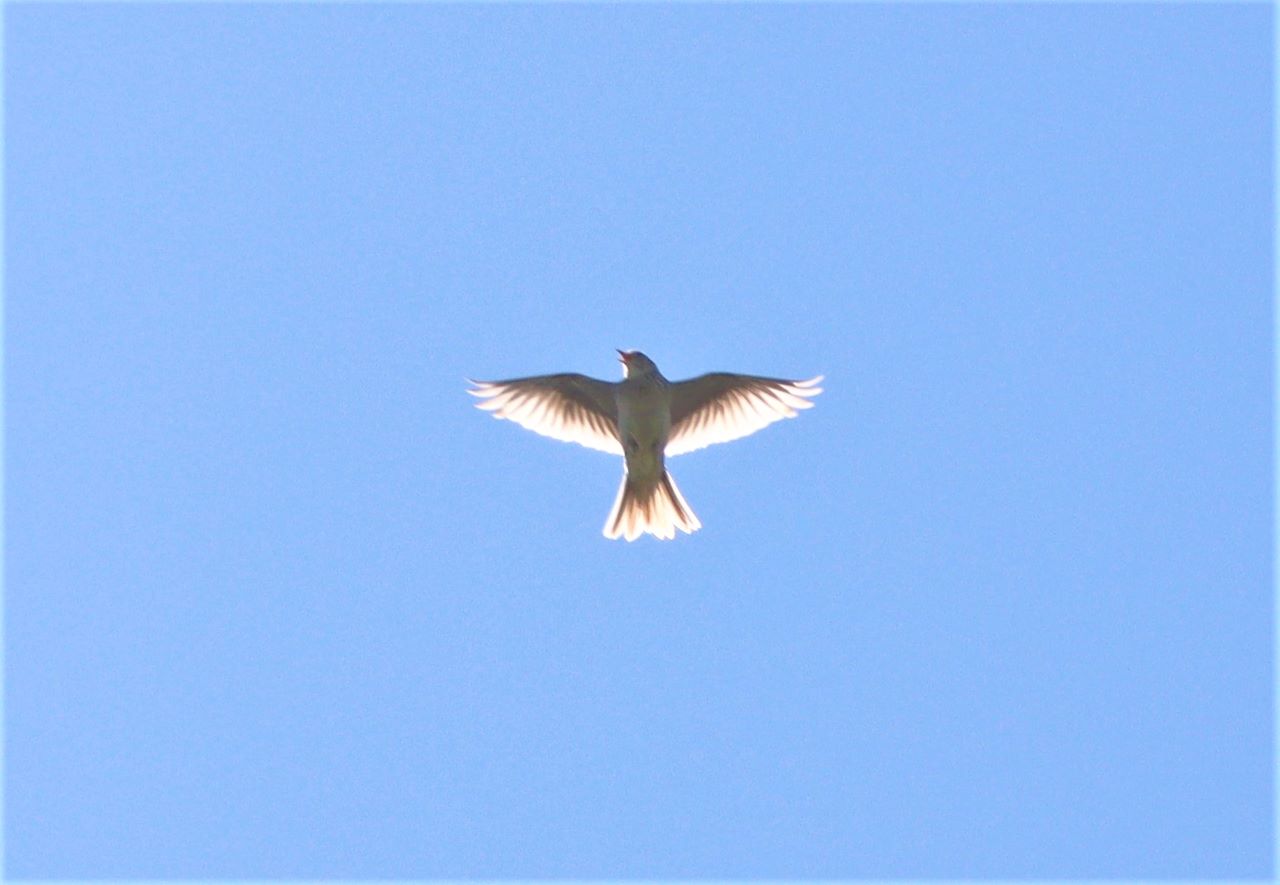
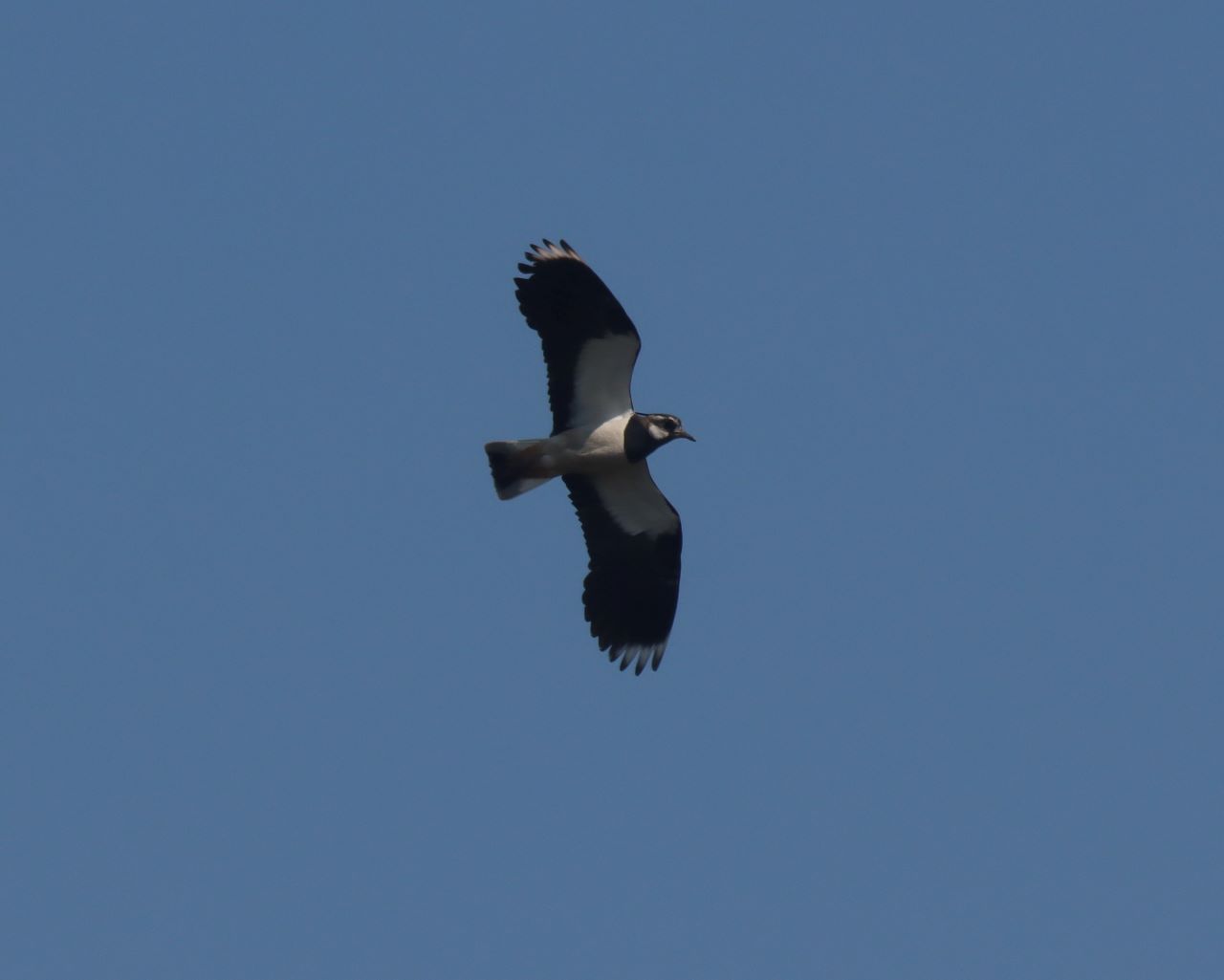


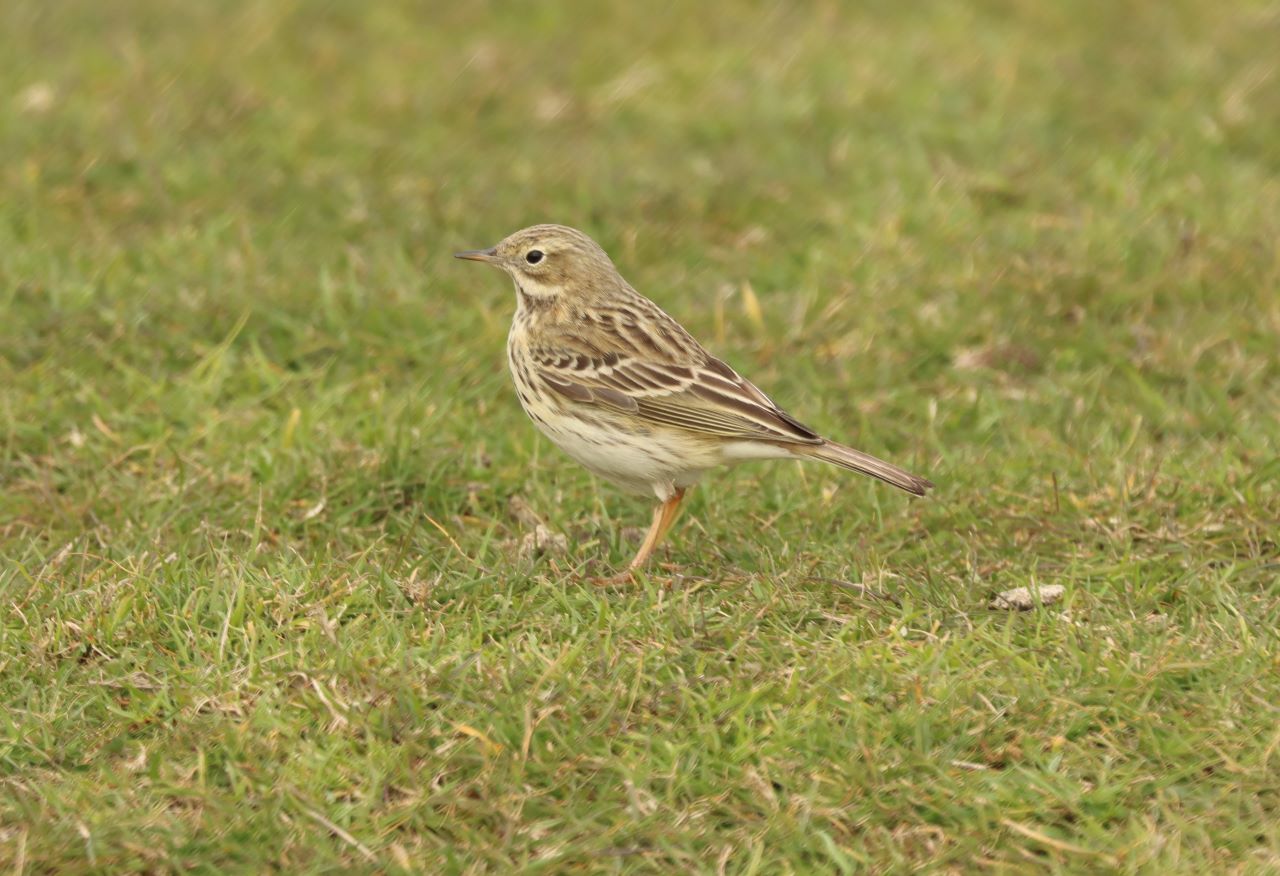

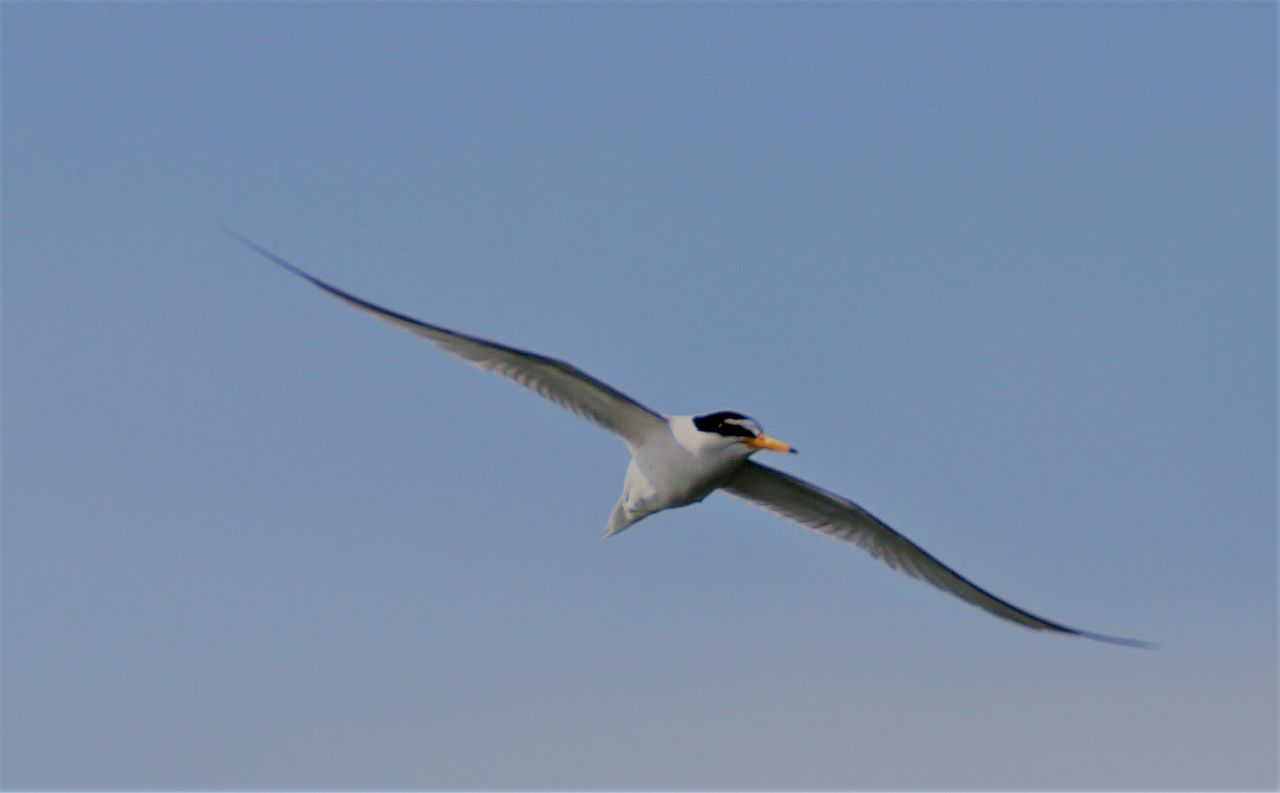
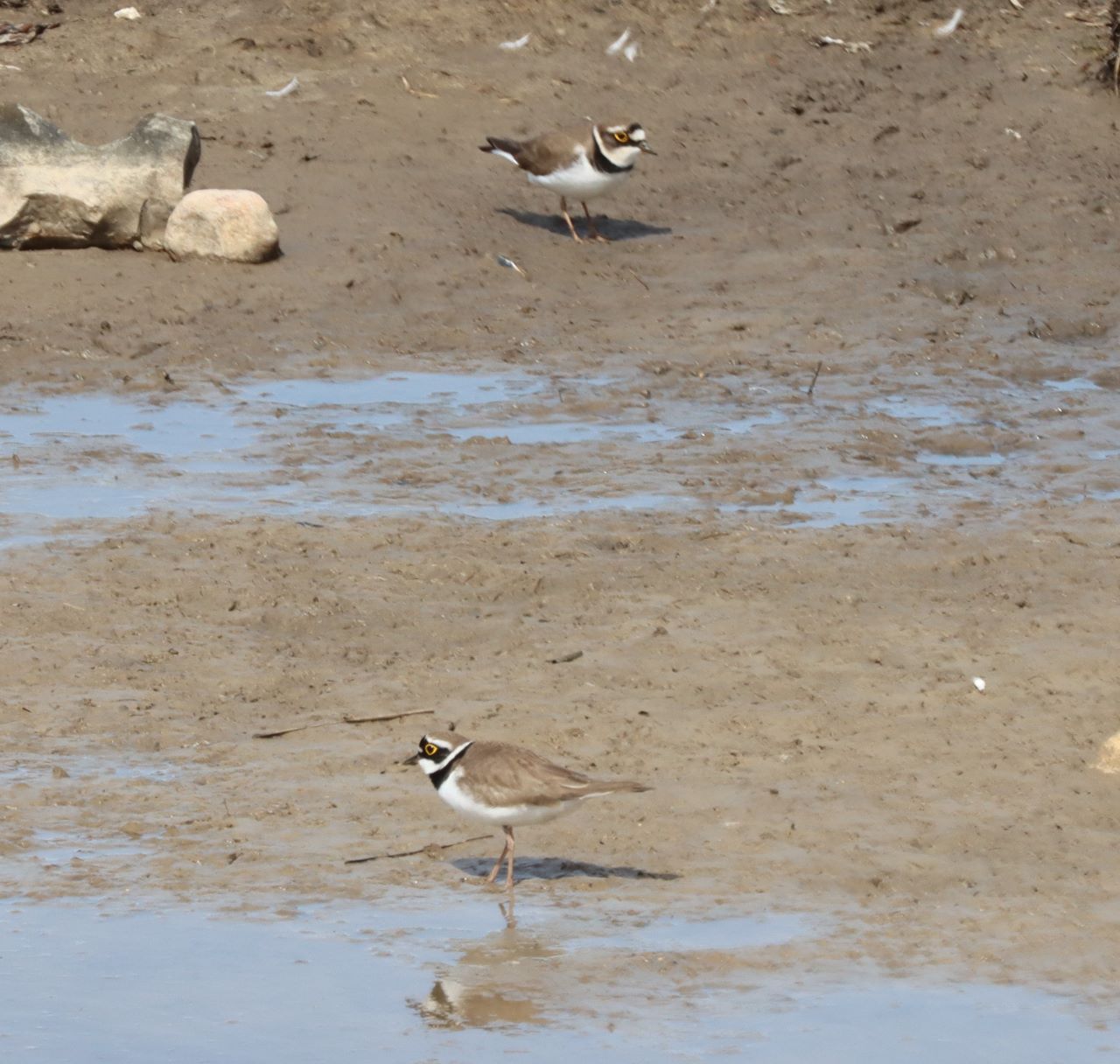

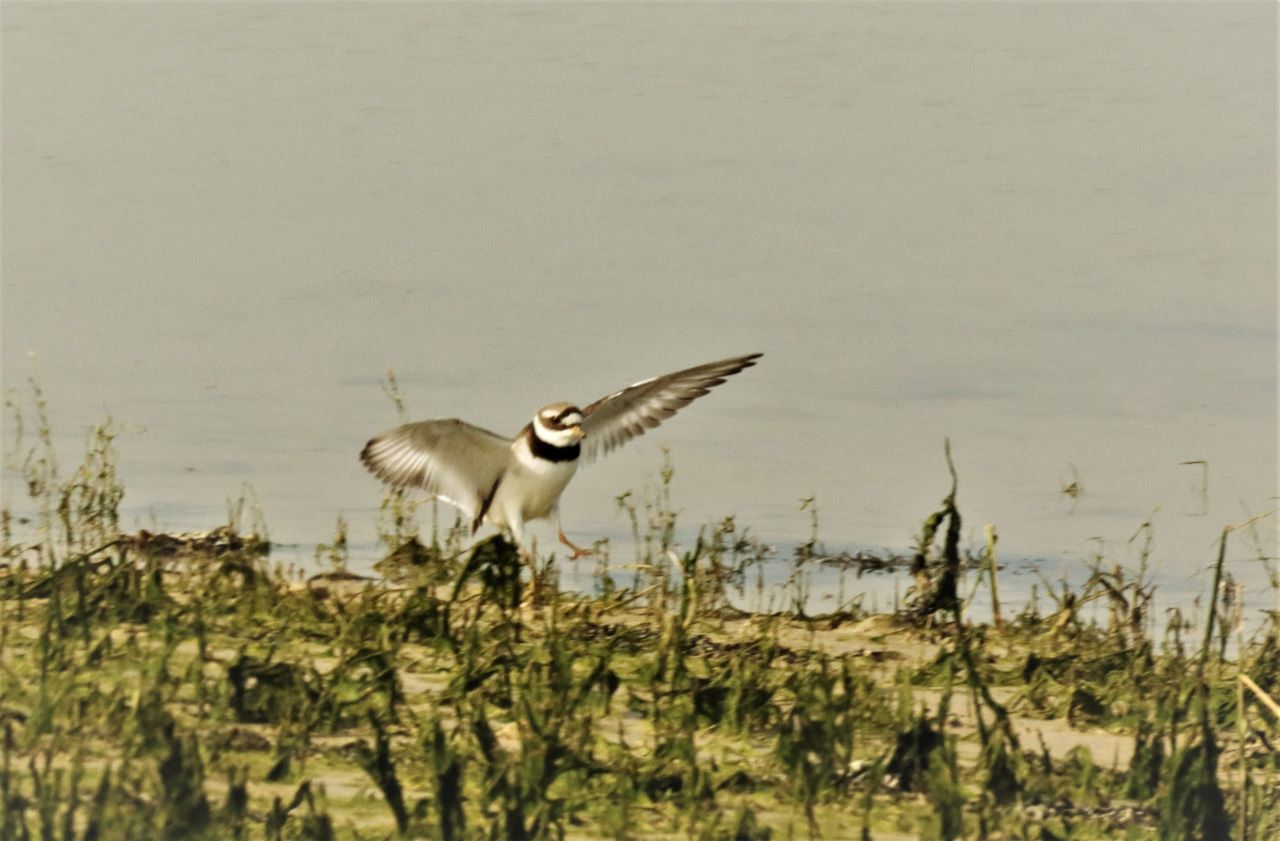
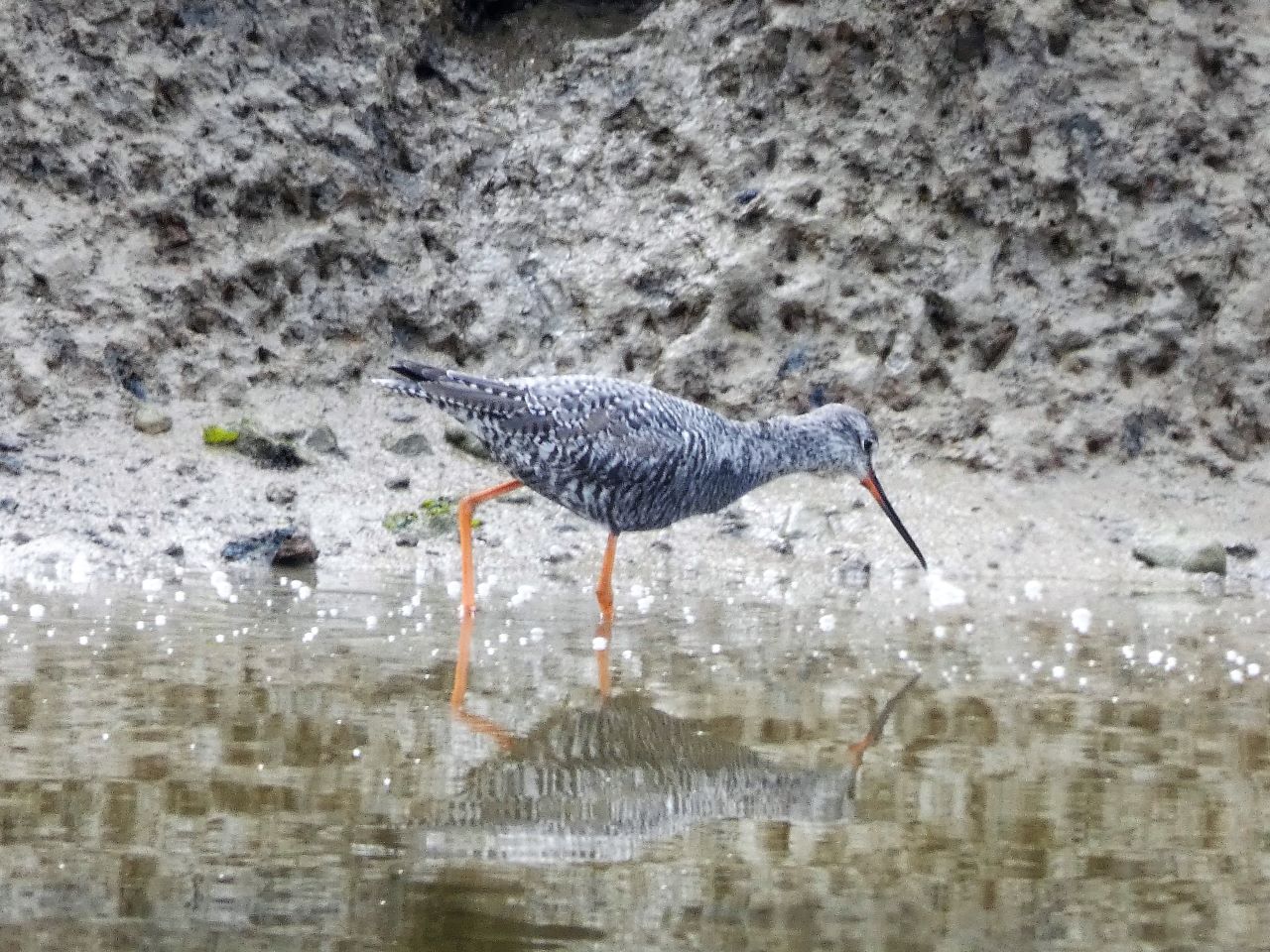
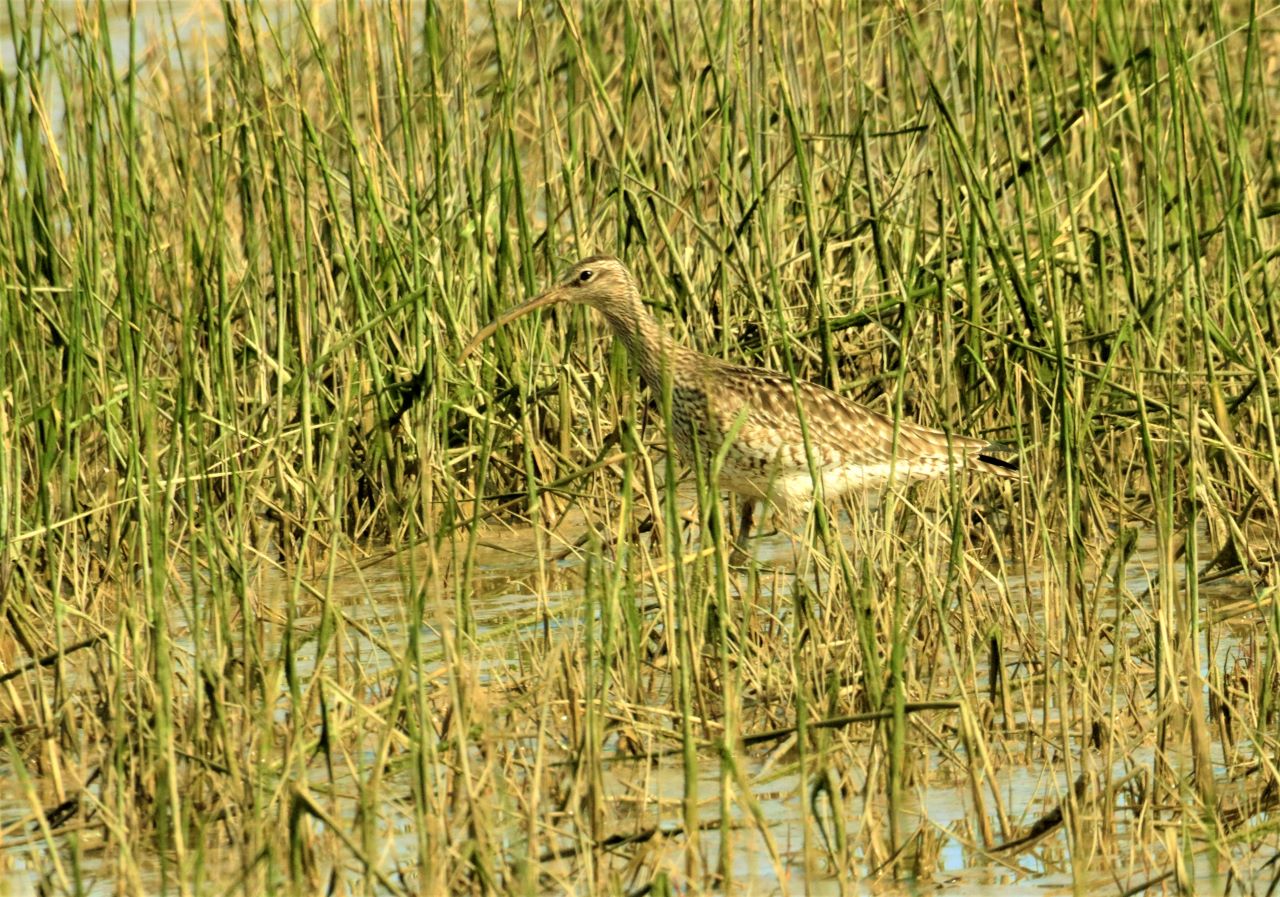
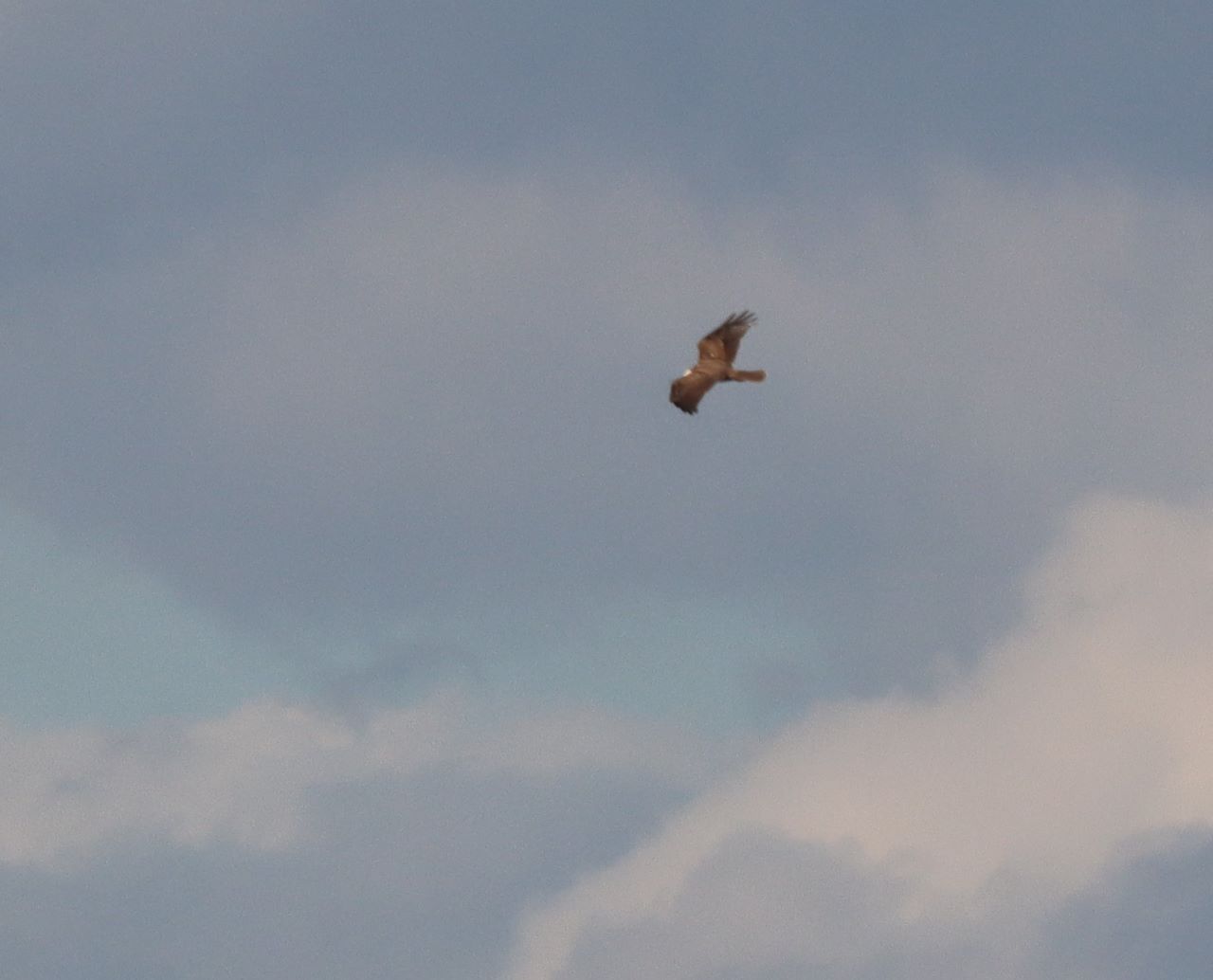

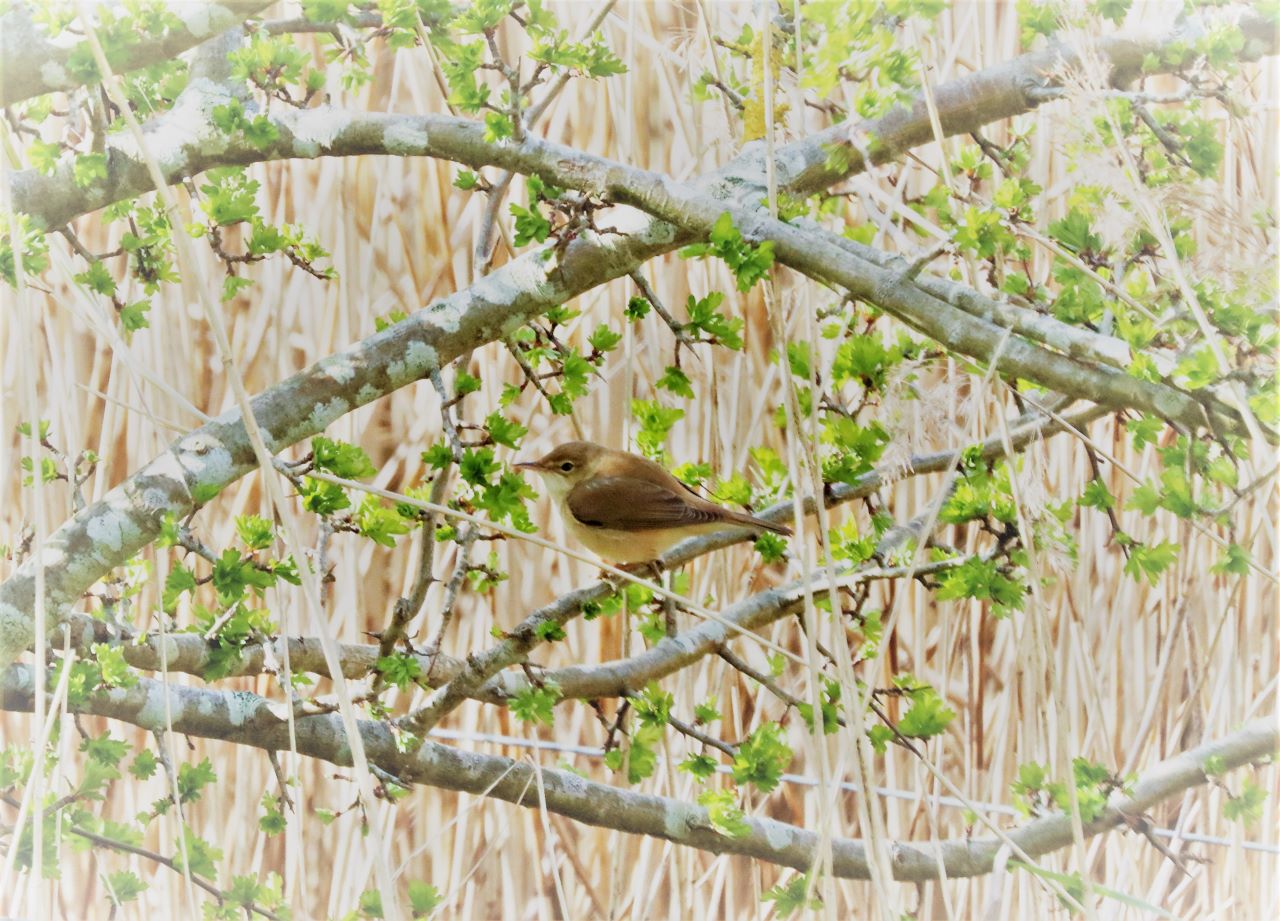

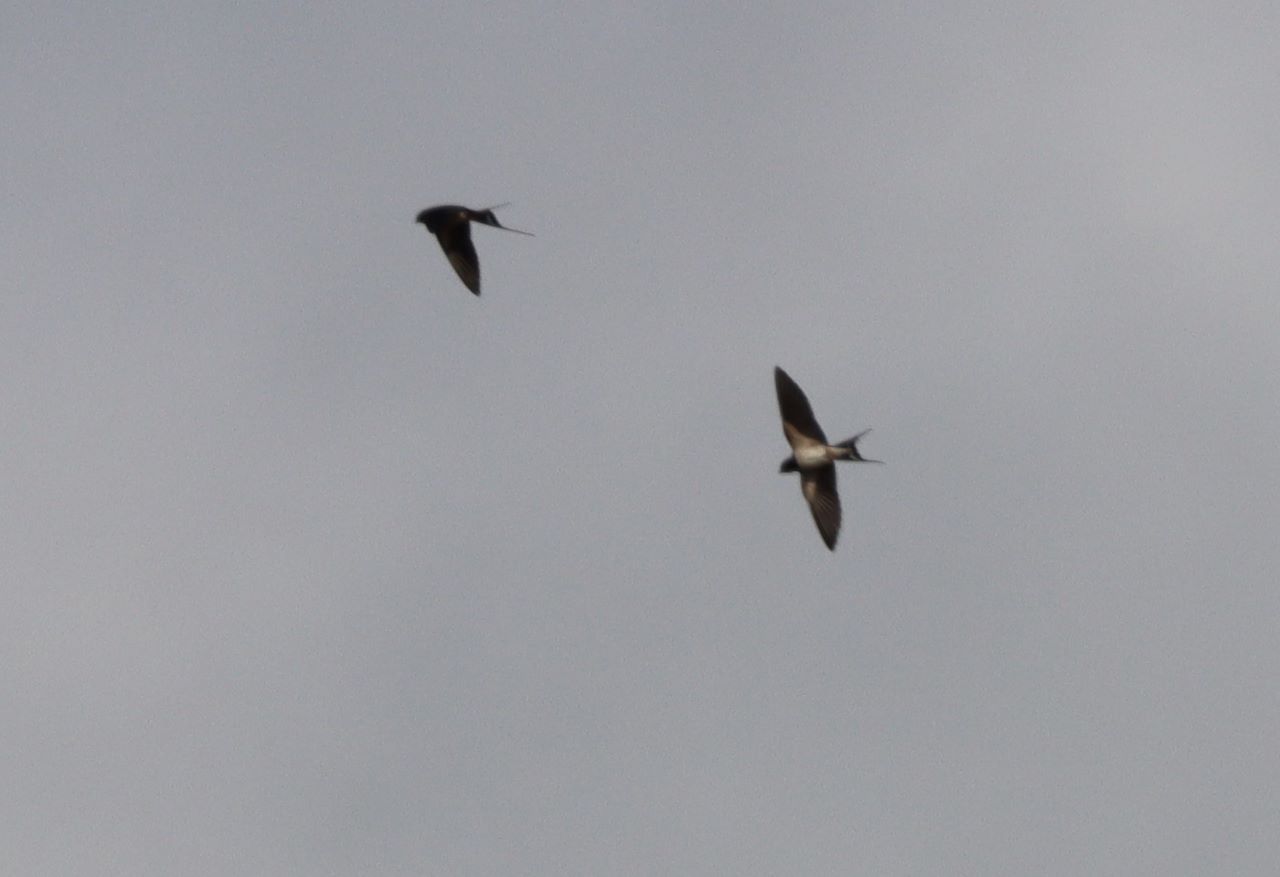
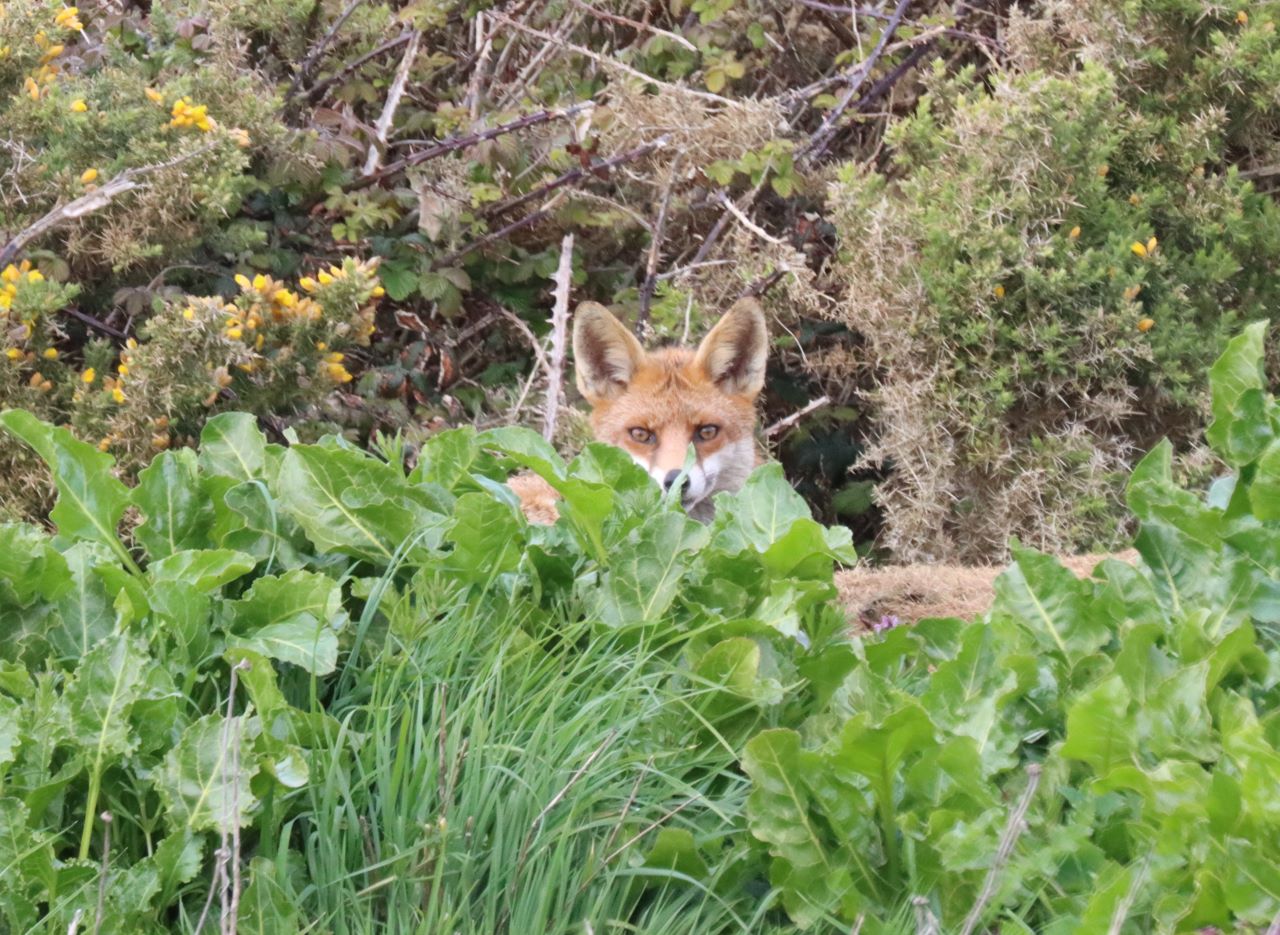




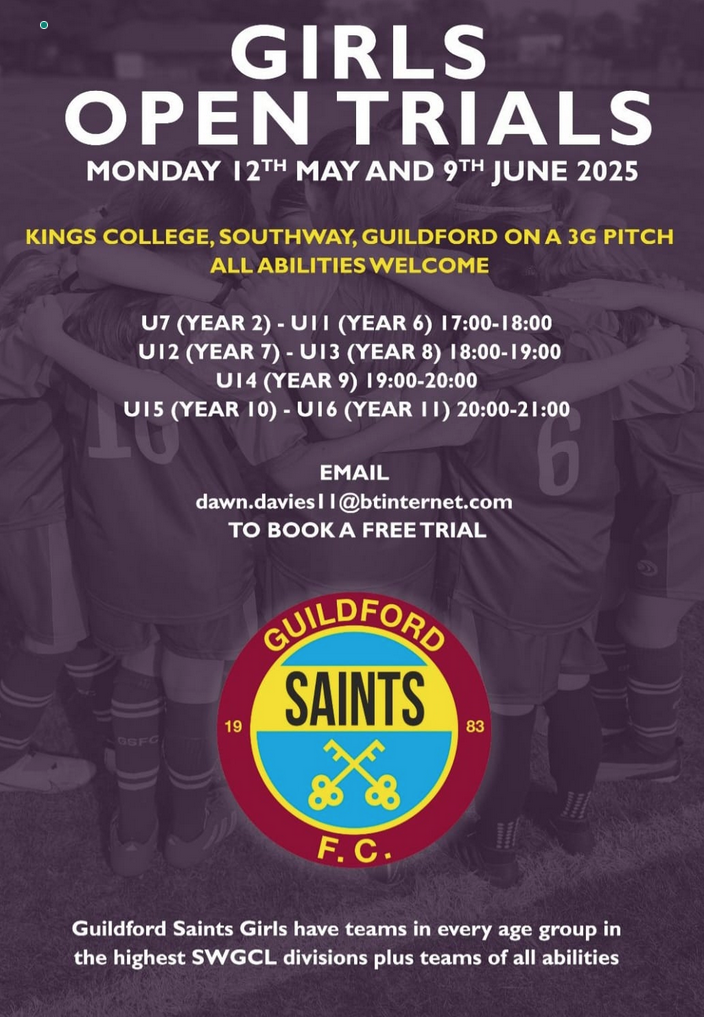





Harry Eve
June 25, 2021 at 3:01 pm
Malcolm’s photo of a bearded tit should win an award – with a bonus for artistic merit.
Not the easiest bird to see let alone photograph. Thank you for sharing it with us Malcolm.
John Ferns
June 25, 2021 at 7:29 pm
It is always a joy to view the latest contributions from the Dragon’s birdwatcher. Wonderful photography, brought even more vividly to life by his delightful captioning and accompanying text. Long may he continue.
Thank you, Malcolm.